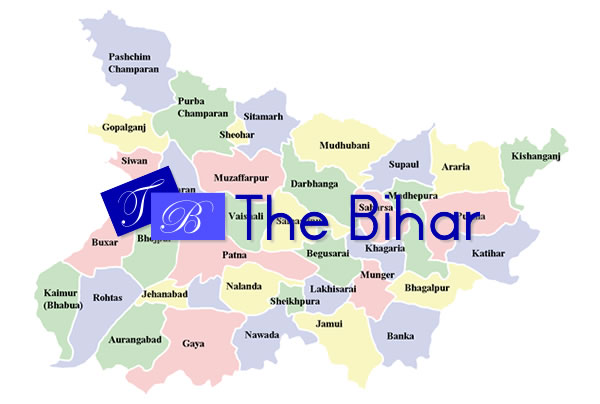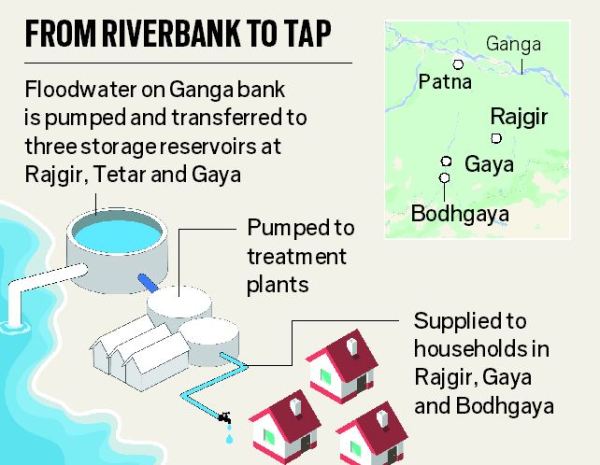Bindusara
4 min readBindusara was the second Mauryan emperor (c. 320 BC – 272 BC, ruled. 298 BC – c. 272 BC) after Chandragupta Maurya. During his reign, the empire expanded southwards. He had two well-known sons, Susima and Ashoka, who were the viceroys of Taxila and Ujjain. The Greeks called him Amitrochates or Allitrochades – the Greek transliteration for the Sanskrit word ‘Amitraghata’ (Slayer of enemies). He was also called ‘Ajatashatru’ (Man with no enemies) in Sanskrit.He also went by the title Deva-nampriya.
Bindusara was the son of the first Mauryan emperor Chandragupta Maurya and his queen Durdhara. According to the Rajavalikatha, the original name of this emperor was Simhasena. According to a legend mentioned in the Jain texts, Chandragupta’s Guru and advisor Chanakya used to feed the emperor with small doses of poison to build his immunity against possible poisoning attempts by the enemies. One day, Chandragupta not knowing about poison, shared his food with his pregnant wife queen Durdhara who was 7 days away from delivery. The queen not immune to the poison collapsed and died within few minutes. Chanakya entered the room the very time she collapsed, and in order to save the child in the womb, he immediately cut open the dead queen’s belly and took the baby out, by that time a drop of poison had already reached the baby and touched its head due to which child got a permanent blueish spot (a “bindu”) on his forehead. Thus, the newborn was named “Bindusara”.
Bindusara inherited a large empire that consisted of what is now, Northern, Central and Eastern parts of India along with parts of Afghanistan and Baluchistan. Bindusara extended this empire to the southern part of India, as far as what is now known as Karnataka. He brought sixteen states under the Mauryan Empire and thus conquered almost all of the Indian peninsula (he is said to have conquered the ‘land between the two seas’ – the peninsular region between the Bay of Bengal and the Arabian Sea). Bindusara didn’t conquer the friendly Dravidian kingdoms of the Cholas, ruled by King Ilamcetcenni, the Pandyas, and Cheras. Apart from these southern states, Kalinga (the modern Orissa) was the only kingdom in India that didn’t form the part of Bindusara’s empire. It was later conquered by his son Ashoka, who served as the viceroy of Ujjaini during his father’s reign.
Bindusara’s life has not been documented as well as that of his father Chandragupta or of his son Ashoka. Chanakya continued to serve as prime minister during his reign. According to the mediaeval Tibetan scholar Taranatha who visited India, Chanakya helped Bindusara “to destroy the nobles and kings of the sixteen kingdoms and thus to become absolute master of the territory between the eastern and western oceans.” During his rule, the citizens of Taxila revolted twice. The reason for the first revolt was the maladministration of Suseema, his eldest son. The reason for the second revolt is unknown, but Bindusara could not suppress it in his lifetime. It was crushed by Ashoka after Bindusara’s death.
Ambassadors from the Seleucid Empire (such as Deimachus) and Egypt visited his courts. He maintained good relations with the Hellenic World.
Unlike his father Chandragupta (who was a follower of Hinduism and Jainism), he believed in the Ajivika sect (an ancient Indian sect that also had the Brahmin Chanakya as a follower). Bindusara’s guru Pingalavatsa (alias Janasana) was a Brahmin of the Ajivika sect. Bindusara’s wife, Queen Subhadrangi (alias Queen Aggamahesi) was a Brahmin also of the Ajivika sect from Champa (present Bhagalpur district). It is notable that Chanakya, the founder of the Mauryan Dynasty and chief guru of Emperor Chandragupta was also an Ajivika. Bindusara is accredited with giving several grants to Brahmin monestaries (Brahmana-bhatto).
Bindusara died in 273 BC (some records say 268 BC) and was succeeded by his son Ashoka the Great.
Bindusara extended his empire further as far as south Mysore. He conquered sixteen states and extended the empire from sea to sea. The empire included the whole of India except the region ofKalinga (modern Orissa) and the Tamil kingdoms of the south. Kalinga was conquered by Bindusara’s son Ashoka.
Early Tamil poets speak of Mauryan chariots thundering across the land, their white pennants brilliant in the sunshine. The Mauryas are spoken by the Sanga Era literature as “Vamba Moriyas”.Bindusara campaigned in the Deccan, extending the Mauryan empire in the peninsula to as far as Mysore. He is said to have conquered ‘the land between the two seas’, presumably the Arabian sea and the Bay of Bengal.
Bindusara maintained good relations with Seleucus Nicator and the emperors regularly exchanged ambassadors and presents. He also maintained the friendly relations with the Hellenic West established by his father. Ambassadors from Syria and Egypt lived at Bindusara’s court. He preferred the Ajivika philosophy rather than Jainism.
Apparently he was a man of wide interest and taste, since tradition had it that he asked Antiochus I to send him some sweet wine, dried figs and a sophist:
But dried figs were so very much sought after by all men (for really, as Aristophanes says, There’s really nothing nicer than dried figs), that even Amitrochates, the king of the Indians, wrote to Antiochus, entreating him (it is Hegesander from Delphi who tells this story) to buy and send him some sweet wine, and some dried figs, and a sophist; and that Antiochus wrote to him in answer, The dry figs and the sweet wine we will send you; but it is not lawful for a sophist to be sold in Greece Athenaeus, “Deipnosophistae” XIV.67


